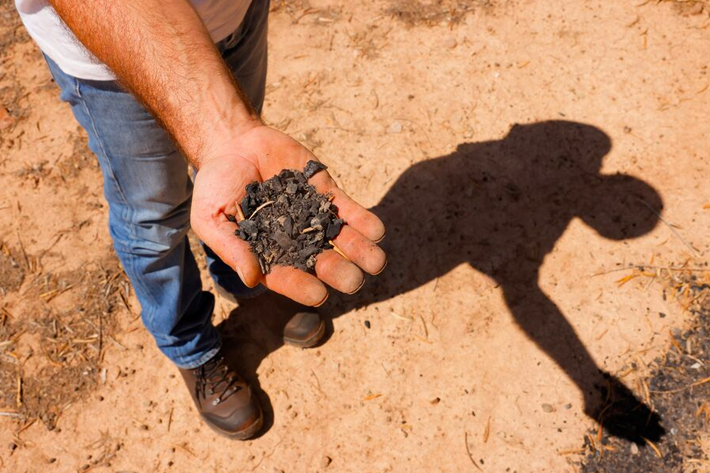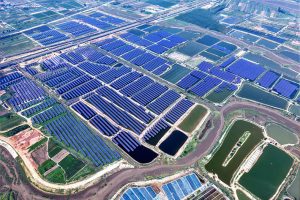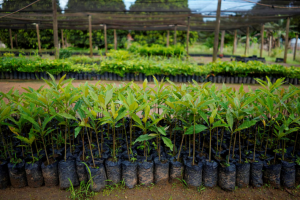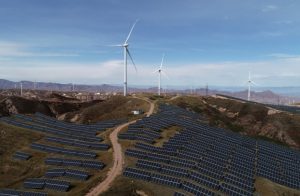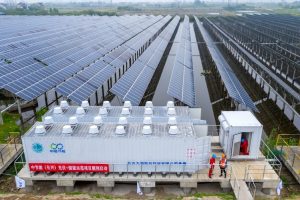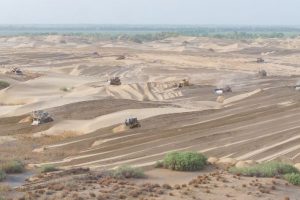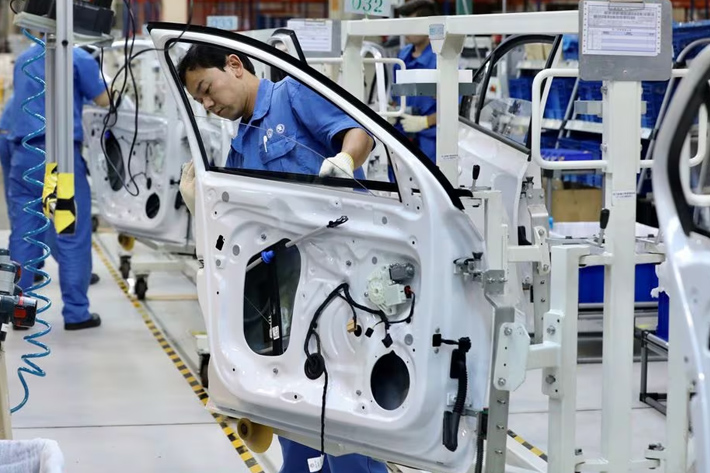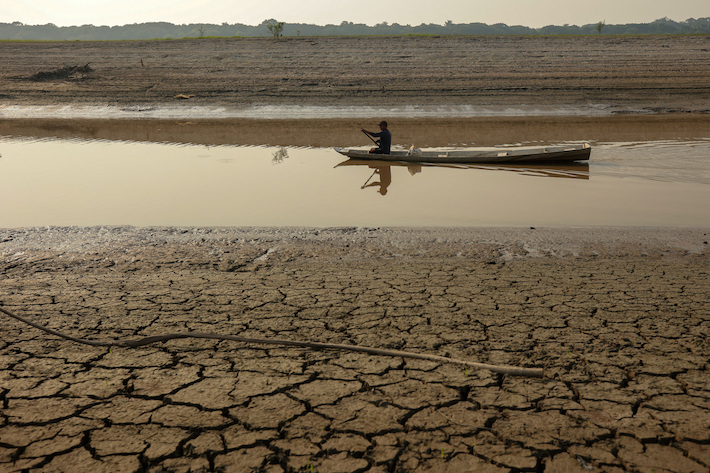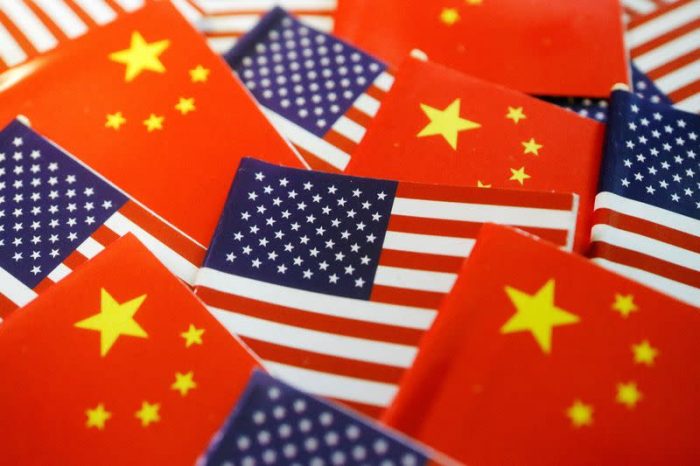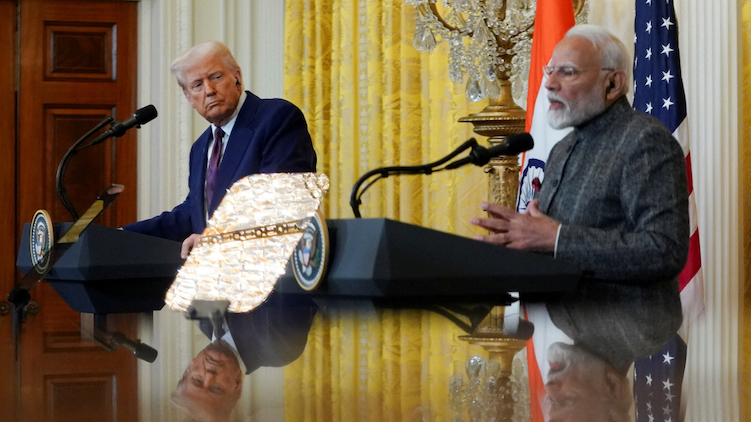A growing method for carbon removal, biochar, has the potential to address global fertiliser shortages, while also cutting down agricultural pollution, a new study has found.
Biochar is a charcoal-like substance made from burning organic matter like deadwood, plant residue, human waste and agricultural waste in a low oxygen environment by a method called pyrolysis.
The study on its use in place of traditional fertilisers focuses on biochar created from human waste, specifically excrement, which is also a significant source of planet warming gases.
Also on AF: Trump’s Tariffs Spur Calls to Boycott American Goods in India
Scientists have previously said that human excreta in landfills and wastewater treatment systems produce huge amounts of methane and nitrous oxide — both of which are greenhouses gases more powerful than carbon dioxide. The sanitation sector is responsible for between 2 and 6% of global methane emissions, scientists from Stanford University have previously said.
But the new study — led by scientists from Cornell University and UN’s Food and Agricultural Organisation — has found that if the same human waste were to instead be turned into biochar it could become an efficient and effective source of nutrients for crops, with an ability to replace regular fertilisers.
The study’s researchers found that biochar, tweaked according to the needs of farmers, could provide for 15% of annual phosphorus application, 17% of nitrogen, and up to 25% of potassium, according to a Guardian report.
“Talking about sewage is not as glamorous as renewable energy, but preventing resource wastage by creating a circular economy is also key to the green transition,” Dr Johannes Lehmann, a professor of soil biogeochemistry at Cornell University and lead author of the study, was quoted as saying by the Guardian.
The study also noted that such biochar would be much easier to store and transport as the pyrolysis process can decrease the weight of human waste by 85 to 90% and volume by 74 to 90%. Researchers also said “all pathogens and most pollutants can be removed with the notable exception of heavy metals” from such human waste by the method of pyrolysis.
The Guardian report noted that these factors could address problems from the traditional practice of spreading treated sewage sludge on farmland. One particular issue is that such waste “often contains microplastics, heavy metals, PFAS forever chemicals, pathogens, and pharmaceuticals”, the report explained.
Solving fertiliser shortages
The study also noted that in the process of turning this waste into biochar, “individual nutrients can be captured separately and combined as needed for particular plants and soils.” This would make the biochar so created an exceptionally potent fertiliser.
That would be particularly beneficial for Asia, which has been reeling from a fertiliser shortage and high fertiliser prices since the Covid-19 pandemic, and more recently since Russia began its invasion of Ukraine in 2022. The resulting shortages have raised food prices and worsened malnutrition across Africa and in parts of Asia, the New York Times has previously reported.
While the shortages have impacted farmers world-over, Southeast Asian countries in particular — home to scores of low and middle-income farmers — have felt the pain of skyrocketing prices.
Geopolitical woes have added to the pressure on Asian countries as well. India, for instance, is battling a major fertiliser shortage at present due to China reducing the supply of the widely used fertiliser Di-ammonium Phosphate (DAP). For poor farmers in the country the effective shortage is particularly worrisome considering it comes at peak growing season.
That said, a significant challenge to the use of such biochar as fertiliser could be its cost competitiveness with traditional methods that can be cheaper due to economies of scale. Producing biochar often requires an extensive setup and multiple pyrolysis kilns which can make the final product relatively expensive.
The study’s scientists noted that solving the problem of cost competitiveness would require linking the biochar production to “market mechanisms including but not limited to carbon credits.”
- Vishakha Saxena
Also read:
Carbon Removals Not Growing Fast Enough For Climate Goals
Carbon Removal Could Rake in $100 Billion Annually From 2030
A European Push Could Help India Fill Carbon Removal Gaps
Microsoft, Google Announce Major Carbon Removal Deals
China to Set Carbon Removal, Emission Standards for Key Sectors
Fossil Fuels Set to Drive Global Emissions to a Record, Yet Again
Bill Gates Backs Effort to Boost Credibility of Carbon Removal
Global Disaster Losses Soar to $80 Billion in First Half: Swiss Re
China Was ‘Unprepared’ For Extreme Rain
The Cost of India’s Crop Waste Burning




